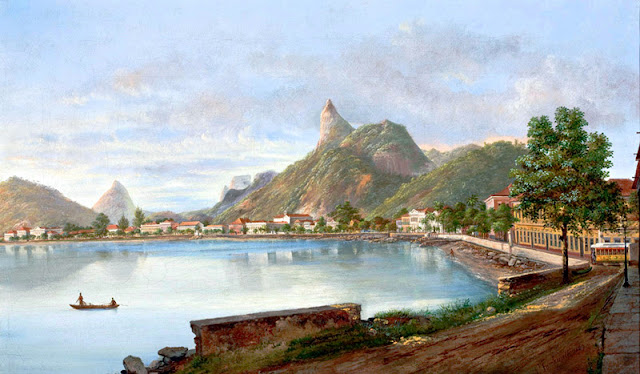Knitting can be described as a manual process of making garments by hand with one or more appropriate needles for this purpose. It includes wool yarn, cotton and linen. Before industrialization extended to all countries it was very common as a second occupation in the homes of disadvantaged families during the day or during the long winter evenings.
Tricotar pode ser um processo manual de fabricar peças de vestuário à mão com uma ou mais agulhas apropriadas para o efeito. Processa-se com fios de lã, algodão e linho. Antes da industrialização se estender a todos os países era muito frequente como segunda ocupação nas casas das famílias menos favorecidas, durante o dia ou nos longos serões de inverno.
Jozef Israëls (1824-1911)-'three women knitting by the sea'-oil on canvas Private collection
Charles-Émile-Hippolyte Lecomte-Vernet (1821-1900)-'woman knitting'-oil on canvas-1870
William Dyce (1806-1864)-'Welsh landscape with two women knitting'-oil on canvas-1860 Cardiff-National Museum Wales
Eugen de Blaas (1843-1932)-'the knitting lesson'-oil on cradled panel
Johann Georg Meyer von Bremen (1813-1886)-'girl knitting by a window- oil on canvas-1864


















































